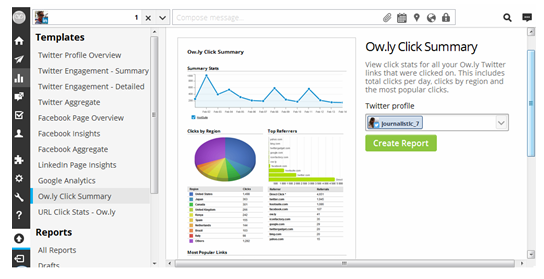I know it's the heart of football season and the beginning of basketball season, but baseball is the sport that truly helps to illustrate this particular post. On social media, not all times are created equal. It's important to know where and when to place your pitches to let your fans and followers hit home runs for you.
There have been much more scientific studies that detail this. I have to disagree with most of these because they ones I've seen have missed an important aspect or two. For the most part, they're basing their research on when people are most active on social media and the volume of posts happening at that time. Unfortunately, this is an incomplete data set. I've based my research strictly on business engagement - when are people willing to interact with the companies they like and follow.
Also, I've taken into consideration the science behind the Facebook feed itself. For example, one of the "sweet spots" that nearly every study I've seen skips the dead zone of 5:00am-5:30am. Fewer people are up and about checking their social media at this time, so it's not on the list. This is a huge mistake. Getting in line to appear on Facebook and Twitter feeds means posting at the moment or right before people pick up their smartphones, flip open their tablets, or switch on their computers to hit social media. Posts in the dead zone performed exceptionally well for businesses as they weren't shoved down on the feeds by the ever-important friend posts.
In other words, people saw and engaged with these posts first thing in the morning, setting up a nice day with quick likes, comments, and shares. This helps with posts throughout the day.
It's important to understand where this data originated. Since May, 2012, I've been researching with actual business pages about times, content, tools, etc. This has been a real-world study based on trial and error as well as result tracking. I've read the studies. I've guided my research around them and improved on them with months of testing. These aren't theories. I've seen it all working in action.
With that out of the way, let's go straight into the sweet spots:
- 7:30pm-8:00pm - While most studies considered 5am as too early to post, most of them also considered 8pm as too late. Data shows differently. This wasn't the case in the beginning of my research; the times when people are engaging with businesses on social media has elongated. On 37 of 42 pages posting at this time, we received the highest number of likes and comments as well as retweets and reblogs for posts that happened between 7:30pm and 8:00pm starting in August. Prior to that, the numbers were better from 7:00pm to 7:30pm. This is contrary to daylight trends and did not see a change after the most recent clock change, so I can say with a near certainty that the change is based upon people either staying on social media longer or starting later in the evening. Either way, this sweet spot is a must-time to post, particularly with messages that are either not time-sensitive or relevant for the following day.
- 5:00am-5:30am - Again, this time is contrary to other studies, but as I mentioned above it's shown to be an amazing time for businesses to post. Strangely, this was not the case for my personal posts; things that I personally post on Twitter, Facebook, Google+, Pinterest, and my other individual social networks do not perform as well as the business posts.
- 5:30pm-6:00pm - Depending on the study, this is either too late or right at the end of the best times to post. Engagement was high for these posts and helped to set up the engagement on the later post.
- 10:00am-10:30am - This falls well within the recommended posting times on most studies I've read and performed better than posts done earlier or later in the morning. Videos did better at this time than other times, something that makes one wonder what people are doing a couple of hours after they get to the office.
One glaring omission is early afternoon. Nearly every study I've seen proclaims this time as social media gold. It is if you're posting pictures of little Timmy sliding into 3rd base. It's not if you're a business. Your posts get lost, particularly with recent changes to the Facebook news feed algorithm. We ran afternoon testing on over 120 business profiles and found that they simply didn't reach the audience the way that morning and evening posts did.
* * *
This post has been coming for a long time. For the sake of transparency, I should note that I've been "sitting on it" for a while and relishing in the poor data and bad studies that are guiding many others in the industry, but guilt won out and it became time to come clean.
At the end of the day, the best thing to do is to find your sweet spot. Just like in baseball, not every batter likes it right down the middle. Some like it high and inside. Others go yard to the opposite field when they get pitches low and away. Your business, your demographic, your fan base - those are the things that should determine when you post. This is only a guide.
In the next part of this series, we'll discuss ideas surrounding the types of things to post at different times as well as the importance of understanding the days. The weekend can be a flurry of activity for your business profiles, while Wednesday in general is awful - surprising facts when you consider that businesses generally post more on Wednesday than Saturday and Sunday combined. Stay tuned.
* * *

























